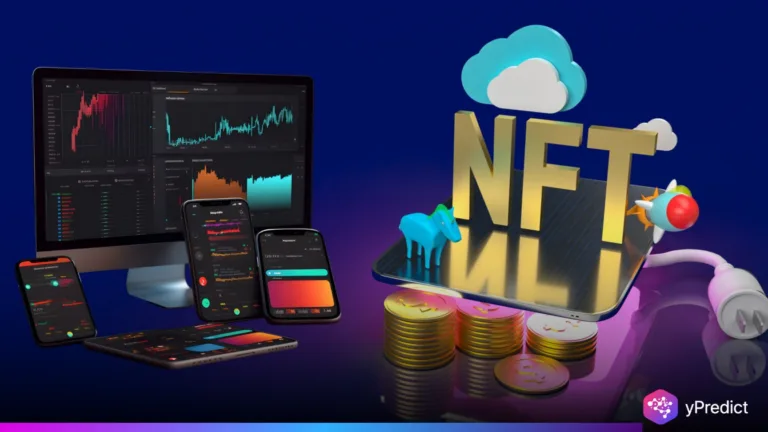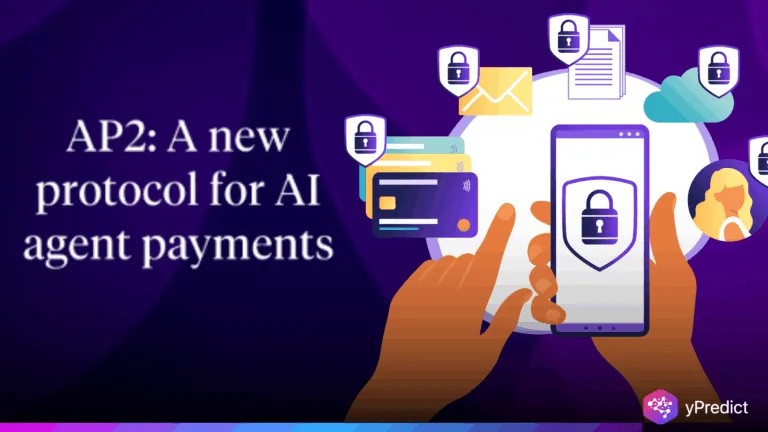
SharpLink Gaming has entered the crypto spotlight with a $68 million Ethereum acquisition, reported at 03:45 UTC on July 17, 2025. The deal, executed just two months after a $425 million private placement led by Consensys, marks a sharp pivot in corporate treasury strategy. The move reflects an emerging trend where gaming and AI-driven platforms are steering treasury diversification toward digital assets. With Ethereum priced at $3,293.40, the acquisition aligns with SharpLink’s broader push into blockchain and AI-backed treasury optimization.
The involvement of Consensys, led by Ethereum co-founder Joseph Lubin, adds credibility and institutional weight to the transaction. SharpLink Gaming’s decision echoes a growing narrative: crypto treasuries are no longer speculative sidelines but core financial strategies in sectors where AI and blockchain intersect.
ETH Staking Generates Tangible Rewards
What sets this move apart is SharpLink’s immediate deployment of funds into ETH staking, generating 322 ETH in network rewards. That staking yield illustrates a dual-purpose approach—holding ETH not just as a speculative asset, but as a yield-generating instrument. This aligns with the company’s AI-enhanced treasury models that prioritize risk-adjusted returns over passive asset storage.
The ETH staking strategy leans heavily on Ethereum’s post-merge proof-of-stake framework, which became more efficient after the 2021 EIP-1559 upgrade. With AI systems likely monitoring real-time staking performance and slashing risks, SharpLink’s approach appears both automated and strategic. This shows how AI is evolving crypto treasury management from manual processes into dynamic, yield-seeking algorithms.
Institutional Confidence Builds Around Crypto Assets
SharpLink Gaming’s foray also signals deepening institutional trust in Ethereum as a treasury reserve asset. A 2023 Journal of Financial Economics study reported that only 5% of corporations held crypto in their reserves. By stepping far beyond that average, SharpLink is positioning itself at the frontier of treasury innovation.
The backing of Consensys points to broader confidence in integrating blockchain into enterprise infrastructure. As AI increasingly manages capital flows and compliance in real time, holding staked assets like ETH becomes less risky and more performance-focused. This growing confidence in crypto treasuries is expected to scale as Layer 2 Ethereum innovations lower costs and boost efficiency—both essential traits for AI-powered systems.
ETH ETF Buzz and Layer 2 Fuel Broader Trend
SharpLink’s timing coincides with rising buzz around potential ETH ETFs and accelerating Layer 2 (L2) adoption. These macro signals amplify Ethereum’s appeal as a programmable asset for treasury diversification. As L2 solutions reduce gas fees and boost transaction throughput, they strengthen Ethereum’s long-term value proposition—especially for AI systems evaluating cost efficiency at scale.
Meanwhile, the expected regulatory clarity around ETH ETFs may further institutionalize crypto treasury strategies. AI-powered platforms like SharpLink stand to benefit from greater market predictability, allowing more precise capital allocation models. ETH staking, in particular, becomes an attractive lever for predictable yield and smart liquidity rotation—both AI-compatible treasury tools.
Gaming Sector Signals Broader Crypto Treasury Shift
While SharpLink Gaming may be among the first in its sector to commit to large-scale ETH holdings, it likely won’t be the last. The intersection of gaming, AI, and blockchain is evolving rapidly. Treasury strategies are becoming more algorithmic, with ETH staking emerging as a tool for both asset growth and network participation.
By leveraging a major private capital raise and executing a bold crypto treasury move, SharpLink is setting a precedent. Its actions hint at a future where corporate treasuries become more autonomous, AI-driven, and blockchain-native. Ethereum, with its staking incentives and growing institutional trust, appears to be the foundation of that shift.






